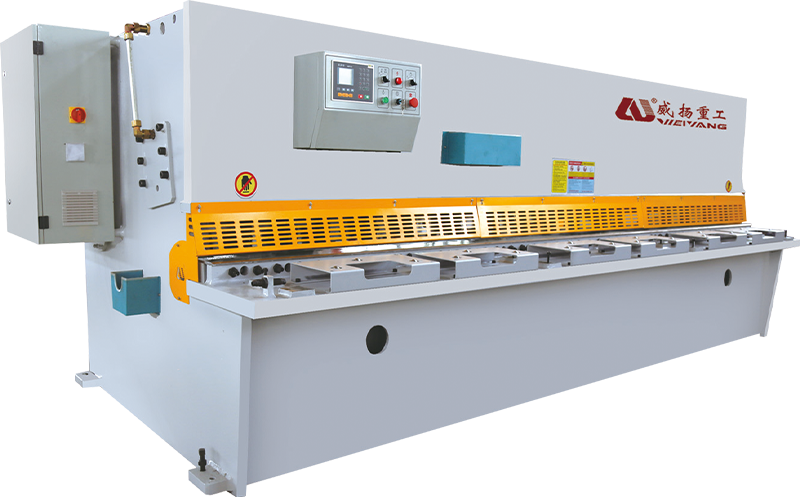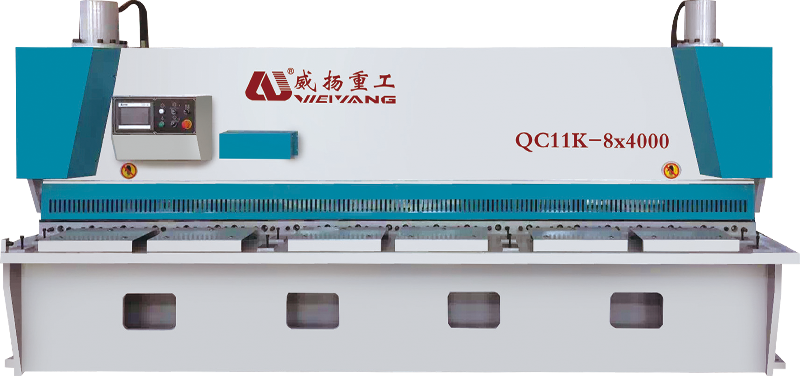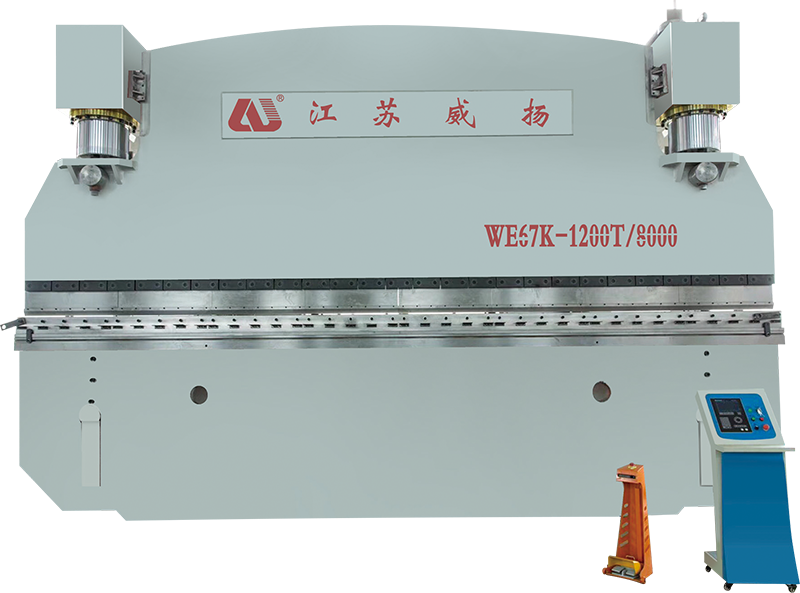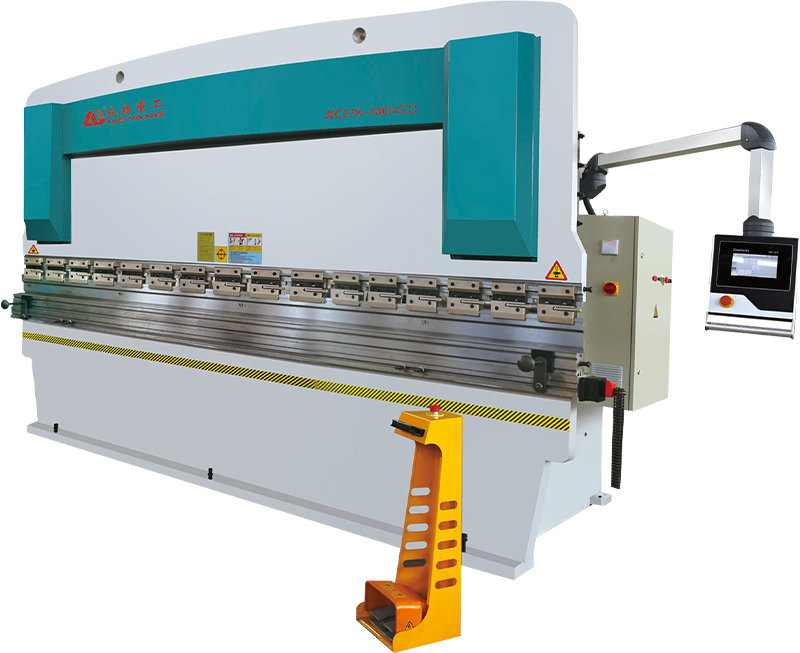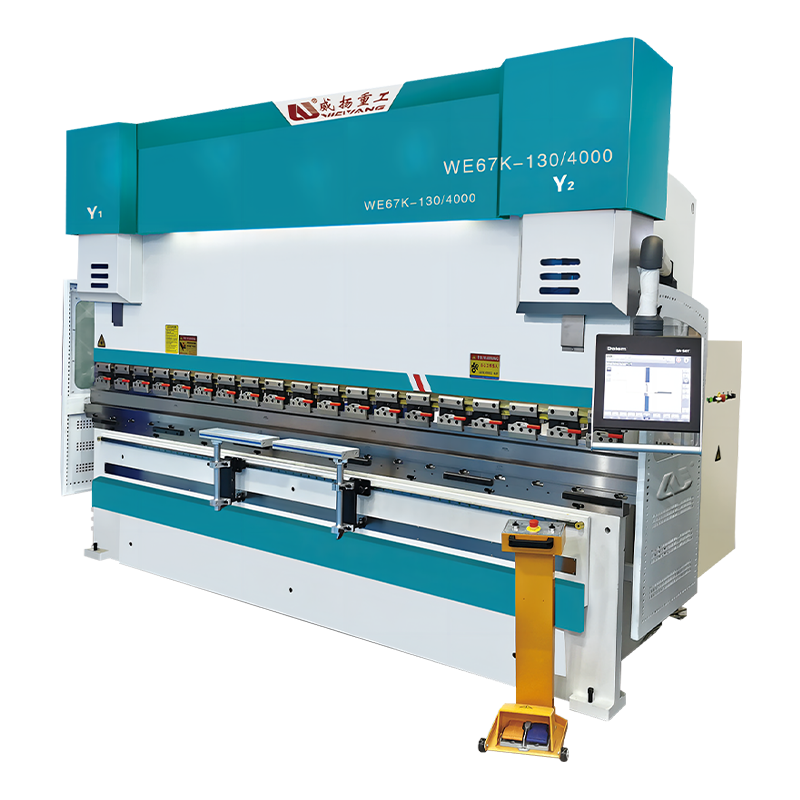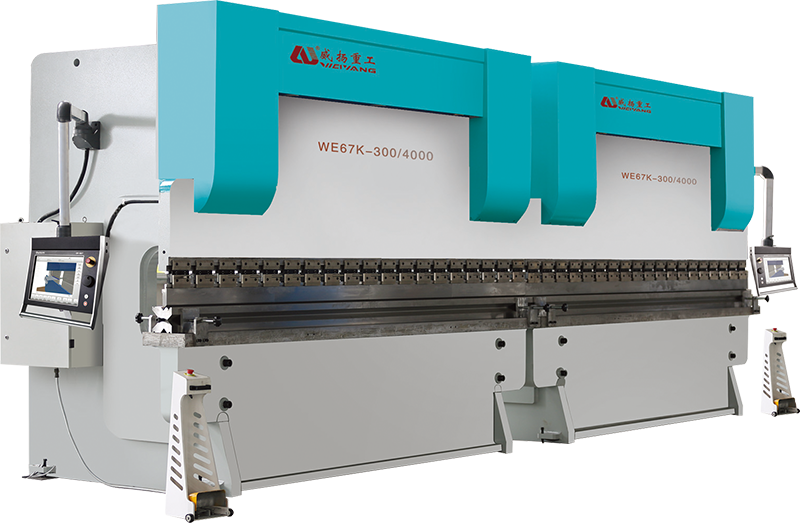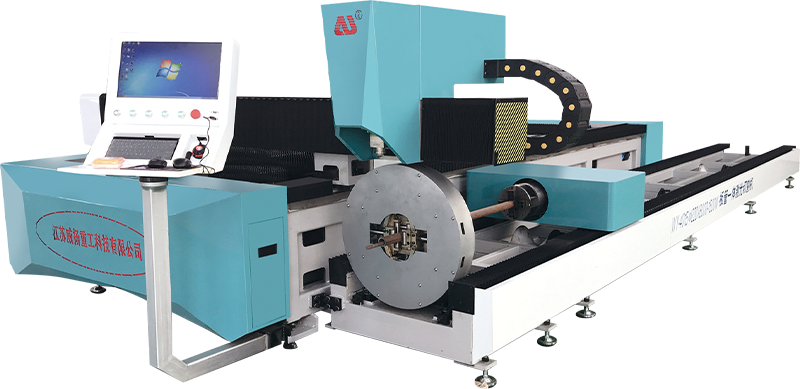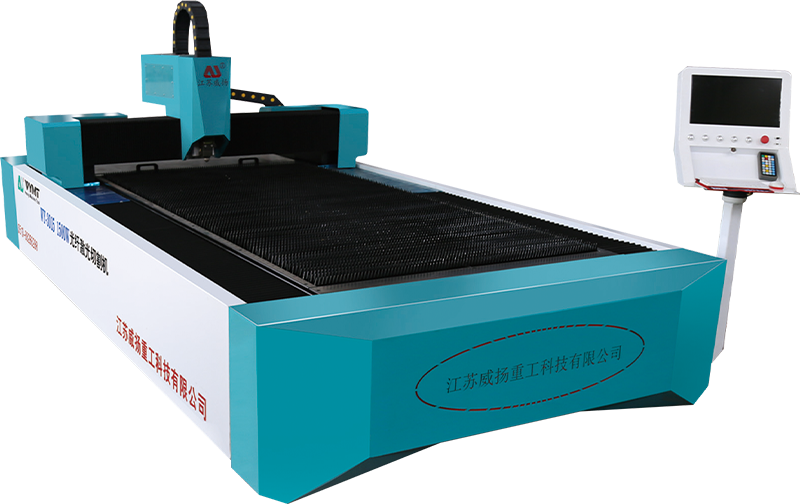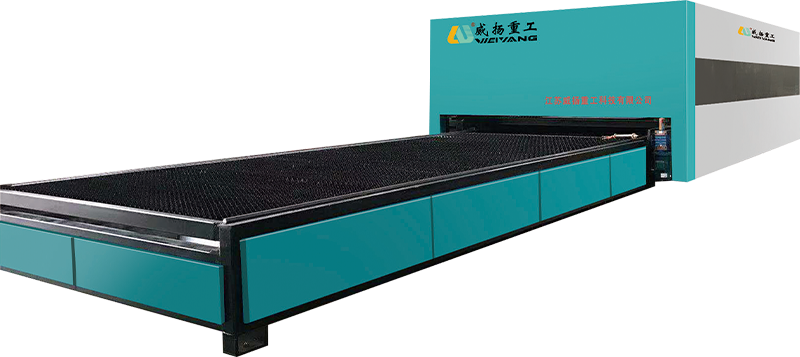How does the Ground Rail Laser Cutting Machine handle environmental factors such as dust, humidity, or temperature variations that may affect laser optics and cutting precision?
Dust Management and Filtration System:
The Ground Rail Laser Cutting Machine operates in environments where metallic dust, slag particles, and micro-fumes are constantly generated during the cutting process. These contaminants can easily settle on the laser optics or interfere with the linear motion system if not properly managed. To address this, the machine is typically fitted with an industrial-grade dust extraction system that continuously draws particulate matter away from the cutting zone. High-efficiency air filters capture fine dust before it circulates within the working area, ensuring a clean optical path. The machine’s enclosed design often incorporates sealed guide rails and positive-pressure airflow barriers that prevent dust infiltration into critical components such as servo motors, ball screws, and optical assemblies.
Humidity Control and Moisture Protection:
Moisture in the air can have detrimental effects on both the mechanical and optical systems of a Ground Rail Laser Cutting Machine. Excess humidity may cause condensation on the laser lens or mirror surfaces, leading to energy diffusion and inconsistent beam quality. To counteract this, many systems integrate dehumidification modules or climate-controlled enclosures that keep the internal environment stable regardless of external conditions. Some designs utilize nitrogen-purged laser tubes to prevent moisture accumulation within the optical cavity, maintaining beam stability and protecting coatings from degradation. Additionally, corrosion-resistant surface treatments are applied to rail components and frame structures, preventing rust formation when machines operate in humid or coastal regions. By maintaining controlled humidity levels, the cutting system ensures consistent optical performance and reduces long-term maintenance requirements.
Temperature Regulation and Thermal Stability:
Temperature fluctuations can cause minute expansions or contractions in metal components, leading to thermal drift in the optical alignment of the Ground Rail Laser Cutting Machine. Such deviations can compromise cutting precision, especially when working on fine tolerances or high-volume production. To mitigate this, the system employs advanced temperature stabilization strategies that include liquid cooling circuits for the laser source, thermostatically regulated optical mounts, and real-time thermal compensation algorithms within the CNC controller. The entire laser head assembly may also be temperature monitored to maintain optimal working conditions. In addition, heat-insulated materials are used in key structural sections to reduce distortion caused by ambient heat or prolonged machine operation. These thermal control measures ensure continuous precision cutting even under varying workshop temperatures, preserving consistent beam focus and dimensional accuracy.
Optical System Protection:
The optical path of the Ground Rail Laser Cutting Machine must remain uncontaminated to achieve maximum laser transmission efficiency. Protective optical windows, often made of coated quartz or high-purity glass, are strategically positioned to shield delicate lenses and mirrors from dust and splatter. Many systems employ dynamic air knives—high-speed air jets that blow across the lens surface to deflect fumes and fine particles. This constant flow of filtered air maintains a clean optical environment without physically contacting the components. The optical housings are hermetically sealed to isolate them from external contaminants, while anti-reflective coatings minimize energy loss and heat accumulation. The result is longer component lifespan, stable laser output, and significantly reduced maintenance intervention related to optical cleaning or replacement.
Stable Structural Design and Insulation:
Environmental stability is reinforced by the machine’s robust frame construction. The Ground Rail Laser Cutting Machine features a heavy-duty, welded steel frame with low thermal expansion properties to minimize distortion when subjected to fluctuating temperatures. The ground rail structure itself is engineered to maintain flatness and alignment under mechanical and thermal stress. Vibration damping materials and multi-point support legs are also integrated to prevent micro-movements that could affect the cutting trajectory. The machine base is often isolated from the floor using shock-absorbing mounts to protect it from external vibrations or uneven terrain conditions. Combined, these design elements ensure mechanical rigidity, positional accuracy, and long-term calibration integrity even in challenging environmental conditions.





